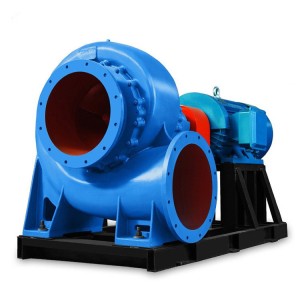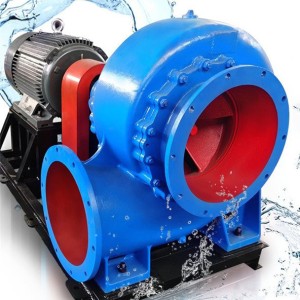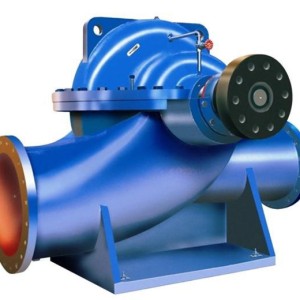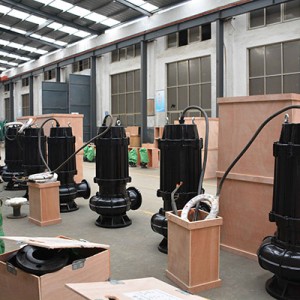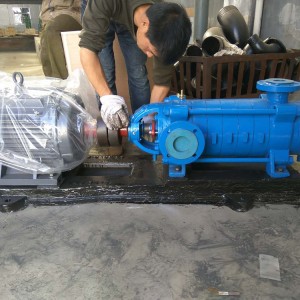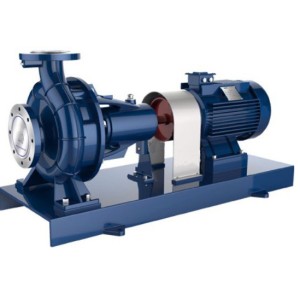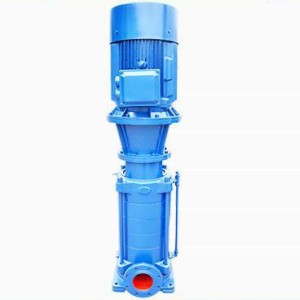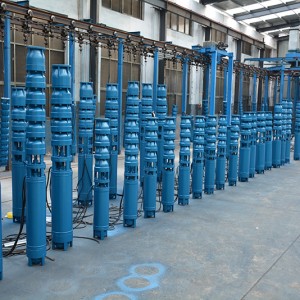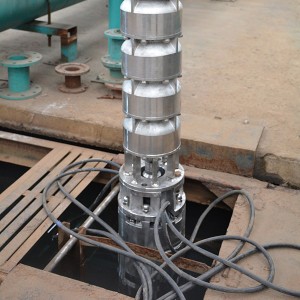Section 1: Selection Principle
The pump is a wide range of general-purpose mechanical equipment, which is widely used in various departments of petroleum, chemical industry, electric power metallurgy, mining, ship selection, light industry, agriculture, civil and national defense.
In recent years, the Chinese pump industry has designed and developed many high-efficiency and energy-saving products, such as IHF, CQB, FSB, UHB and other types of pump products, which have played a positive role in reducing pump energy consumption. However, in various fields of the economy, due to unreasonable model selection, many pumps are in unreasonable operating conditions, operating efficiency is low, and a lot of energy is wasted. Some pumps cannot be used at all due to unreasonable model selection, or increase in maintenance costs and low economic benefits. It can be seen that the rational selection of pumps is also of great significance to energy saving.
The so-called rational selection of pumps is to comprehensively consider the comprehensive technical and economic indicators such as the investment and operating costs of the pump unit and the pumping station to make it conform to the principles of economy, safety and application. Specifically, there are the following aspects:
Must meet the requirements of use flow and head, that is, the operation time point of the pump (the intersection of the device characteristic curve and the pump performance curve) must always be kept in the high-efficiency range, which saves power and is not easy to damage the parts.
The selected water pump should not only be small in size, light in weight, low in cost, but also have good characteristics and high efficiency.
It has good anti-cavitation performance, which can not only reduce the excavation depth of the pump house, but also prevent cavitation of the pump, so it runs smoothly and has a long life.
The pumping station is built according to the selected water pump, with low project investment and low operating cost.
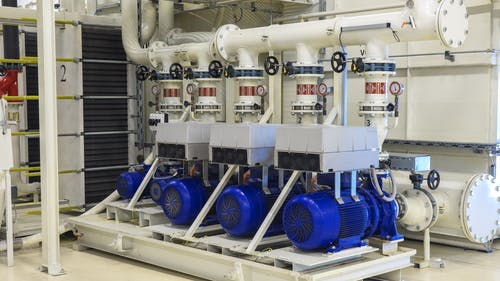
Section 2: Selection Steps
1. List the basic data:
1. The characteristics of the medium: medium name, specific gravity, viscosity, corrosiveness, toxicity, etc.
2. The particle diameter and content of the factor contained in the medium.
3. Medium temperature: (℃)
4. The required flow rate
Generally, industrial pumps can ignore the leakage in the piping system in the process, but the impact on the flow rate when the process changes must be considered. If agricultural pumps use open channels for water delivery, leakage and evaporation must also be considered.
5. Pressure: suction pool pressure, drain pool pressure, pressure drop in the piping system (head loss).
6. Piping system data (pipe diameter, length, type and number of pipe accessories, geometric elevation from suction tank to pressure tank, etc.).
If necessary, the device characteristic curve should also be drawn.
When designing and laying out piping, the following items should be noted:
A. Reasonably choose the pipe diameter. The pipe diameter is large. Under the same flow rate, the liquid flow speed is small and the resistance loss is small. With the increase of belt power, the cost and operating expenses are increased. Therefore, it should be considered from the perspective of technology and economy.
B. The discharge pipe and its pipe joints should consider the maximum pressure that it can withstand.
C. The pipeline layout should be as straight as possible, minimize the accessories in the pipeline and minimize the length of the pipeline. When it is necessary to turn, the bending radius of the elbow should be 3 to 5 times the diameter of the pipeline, and the angle should be greater than 90 as much as possible. ℃.
D. Valves (ball valves or globe valves, etc.) and check valves must be installed on the discharge side of the pump. The valve is used to adjust the working point of the pump. The check valve can prevent the pump from reversing when the liquid flows backwards and prevent the pump from being hit by water hammer. (When the liquid flows back, it will produce huge reverse pressure and damage the pump)
2. Determine the flow head:
Determination of flow
a. If the minimum, normal, and maximum flow rates have been given in the production process, the maximum flow rate should be considered.
b. If only the normal flow rate is given in the production process, a certain margin should be considered.
For pumps with large flow and low unintended head with ns>100, the flow margin is 5%; for small flow high-lift pumps with ns≤50, the flow margin is 10%. For pumps with 50≤ns≤100, the flow margin is also Take 5%. For pumps with poor quality and poor operating conditions, the flow margin should be taken as 10%.
c. If the basic data only gives weight flow, it should be converted into volume flow.
Post time: 2021-12-14


